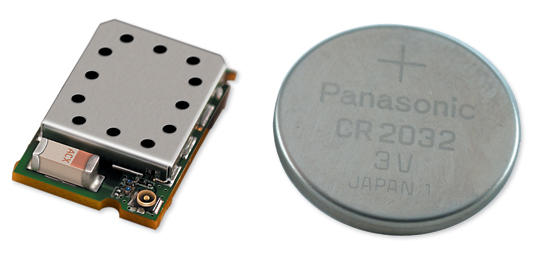By eliminating almost all RF development work, the BL600 series Bluetooth low energy radio module from U.K. ODM Laird Technologies is ready to connect to smartphones and sensors and requires only a minimal amount of programing to set up.
Nordic Semiconductor announced that U.K. ODM, Laird Technologies, has developed a fully-approved programmable Bluetooth® low energy module that enables developers to use BASIC language syntax to create Bluetooth low energy prototypes based on the class-leading Nordic nRF51822 SoC in less than a day.

The BL600 series surface mount module is about the size of an adult thumbnail (19 x 12.5 x 3 mm) and has a cubic volume that is less than that of a regular CR2032 coin cell battery. Requiring 2.1-3.6 volts of power, it is a standalone, hostless, programmable device that attaches to sensors via UART, SPI, I2C, or GPIO, with a small amount of code written in Laird’s event-driven smartBASIC programming language. Data collected from a sensor can be sent to any device that is compatible with the latest Bluetooth v4.0 specification including smartphones, tablet computers, and local area network (LAN) or wide area network (WAN) gateways.
The BL600 series module features an integrated antenna or option for external antenna, and is said to provide a generous 95dB link budget for maximum operating range. The module supports a variety of Bluetooth low energy profiles including Heart Rate, Thermometer, and Proximity profiles, plus custom profiles created using free development tools and Laird's smartBASIC programming language.
Laird's smartBASIC is an object-based language that can cover all Bluetooth low energy functionality for seamless bridging of sensors to Bluetooth low energy characteristic value attributes. After initializing the environment, a typical smartBASIC application waits for events that are serviced by user-written handlers. While the application waits for events, the module is in very low power mode consuming less than 10uA of current from the coin cell battery.
